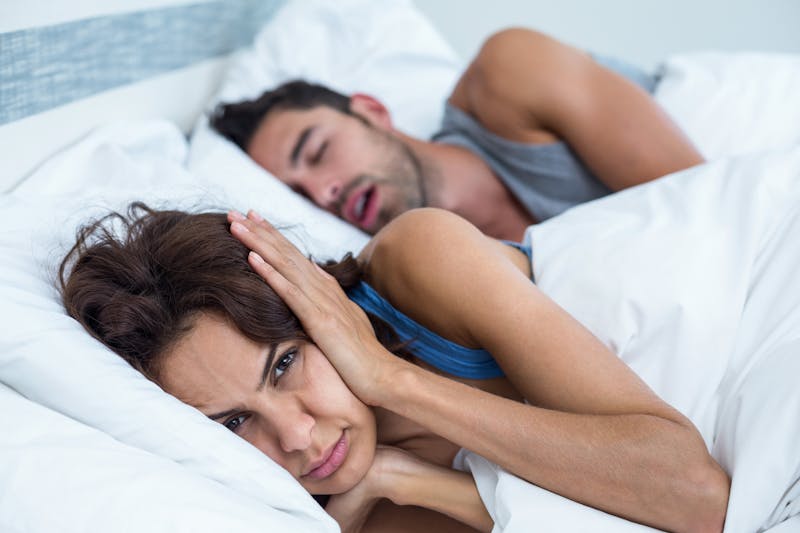
Not just a mere annoyance, snoring can indicate underlying health problems, such as obstructive sleep apnea or chronic sinusitis. One emerging treatment for chronic sinus issues is balloon sinuplasty, a minimally invasive procedure to clear blocked nasal passages. But can balloon sinuplasty help with snoring? Let’s explore this in detail with the professionals at Texas ENT Specialists.
Snoring and Its Causes
Snoring occurs when airflow is partially obstructed during sleep, causing the tissues in the throat to vibrate. The most common contributing factors include the following:
- Nasal Congestion: Blocked nasal passages due to allergies, colds, or sinus infections can lead to mouth breathing and snoring.
- Sinus Issues: Chronic sinusitis, characterized by inflamed and swollen sinuses, can obstruct airflow and contribute to snoring.
- Obstructive Sleep Apnea (OSA): This serious condition involves repeated breathing interruptions during sleep, often accompanied by loud snoring.
What is Balloon Sinuplasty?
Balloon sinuplasty is a minimally invasive procedure used to treat chronic sinusitis. It involves the following steps:
- A small, flexible balloon catheter is inserted into the blocked sinus passage
- The balloon is gently inflated to widen the sinus opening
- The widened passage allows for better drainage of mucus and improved airflow
- The balloon is deflated and removed, leaving the sinus passage open
This procedure is typically performed under local anesthesia and offers a quicker recovery time than traditional sinus surgery.
How Balloon Sinuplasty Can Help with Snoring
While balloon sinuplasty primarily targets sinus-related issues, the procedure can indirectly help reduce snoring in several ways:
Improved Nasal Airflow
- Reduction in Nasal Congestion: By widening the sinus passages, balloon sinuplasty can significantly reduce nasal congestion, promoting nasal breathing over mouth breathing, often associated with snoring.
- Better Breathing: Enhanced nasal airflow reduces the likelihood of airway obstruction during sleep, potentially decreasing snoring frequency and intensity.
Reduction in Sinus Inflammation
- Chronic Sinusitis Relief: Treating chronic sinusitis can alleviate inflammation and swelling in the nasal passages, which can contribute to snoring.
- Healthier Sinus Function: Improved sinus drainage and reduced inflammation lead to healthier sinus function, further promoting better airflow and reducing snoring.
For patients with both chronic sinusitis and obstructive sleep apnea (OSA), balloon sinuplasty can complement other sleep apnea treatments by improving nasal airflow and reducing sinus-related blockages.
Clear Your Airways and Silence Snoring with Balloon Sinuplasty at Texas ENT Specialists
While balloon sinuplasty is not a primary treatment for snoring, it can significantly help reduce snoring for individuals with chronic sinusitis by improving nasal airflow and reducing inflammation. By addressing the underlying sinus problems, we can help you achieve better sleep and overall well-being.
Our experienced team of ENT specialists at Texas ENT Specialists offers comprehensive evaluations and personalized treatment plans to address your unique needs. If you suffer from chronic sinus issues and snoring, schedule a consultation with us today to explore how balloon sinuplasty can enhance your breathing. It’s the first step toward a healthier, snore-free life!

